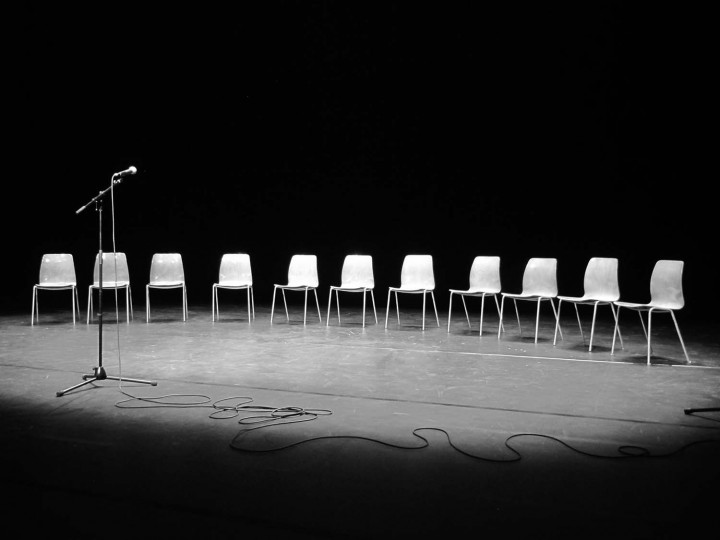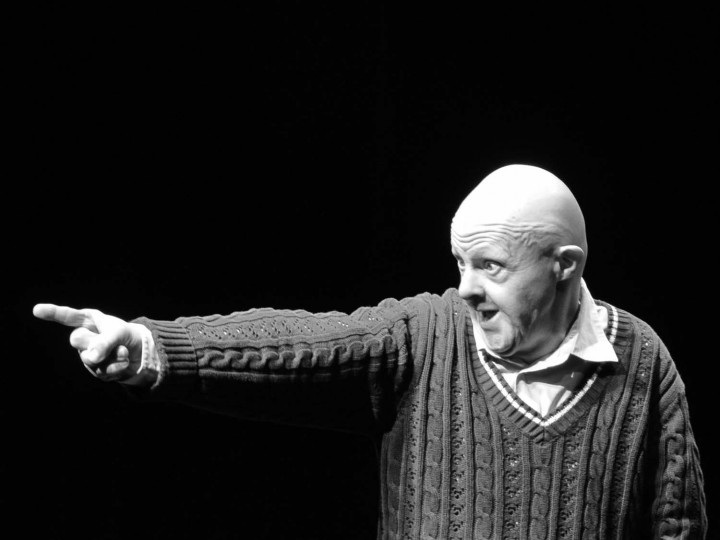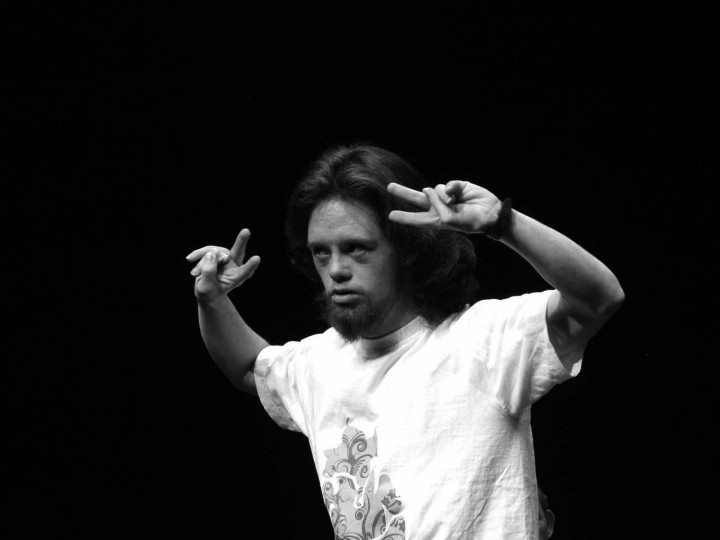Beginning with an analysis of the ideology of the performer’s ability on stage, the collective book Disabled Theater, published by diaphanes with contributions by Gerald Siegmund, André Lepecki and Yvonne Rainer, among others, provides a critical framework for the performance first presented at dOCUMENTA (13) in 2012.
In this work, titled Disabled Theater and authored by Jérôme Bel in collaboration with Theater HORA, audiences were confronted with eleven professional actors with cognitive disabilities.
The book is relevant not only because it provides a key to understanding the work of an artist whose influence has been crucial to the development of the so-called performance art renaissance within the contemporary scene; it also explores the possibilities for social emancipation from aesthetic judgment on stage, namely by promoting the idea of the body as a democratic apparatus [dispositif] whose appreciation overcomes ordinary appraisals of ability.
In her essay “Actors, nonetheless,” co-editor Sandra Umathum explains that the performance, as its title suggests, disables the conventions of theatrical representation, dismissing the expectations of the audience and defeating the traditional criteria for achievement. Consider the structure of the piece itself: it is comprised, essentially, of a simple series of tasks. The dramaturgical climax is reached through eleven dancing solos. In term of intensity, these individual performances are remarkable because they replace overrated technical virtuosity with a sincere, self-searching virtuosity that is rarely seen on stage.
Although uncommon, the subject of disability is not unknown in the arts. By examining the movie Freakstar 3000 by Christoph Schlingensief and Diane Arbus’s photographic works, the book offers wider insight on why such representations differ from ordinary social scrutiny. While these two examples are related to the nature of Disabled Theater, they could have been complimented by other cases in which the integration of disability within contemporary dance and theater is more relevant. Considering the dense and rigorous content of this 246-page book, this is one area that may have warranted a more thorough examination.
Far from the emotionality triggered by the first presentations of Disabled Theater, deemed shocking and disorientating by some, the book reminds the reader that the significance of the piece has to be understood in the context of Jérôme Bel’s choreography and the twenty years he has spent researching the language of the theatrical. Bel is an artist who values a commitment to the stage above any conventional skill. Rather than challenging the performer, he chooses to challenge the normative perceptions of audiences accustomed to standard models that glorify canonic forms of success.








